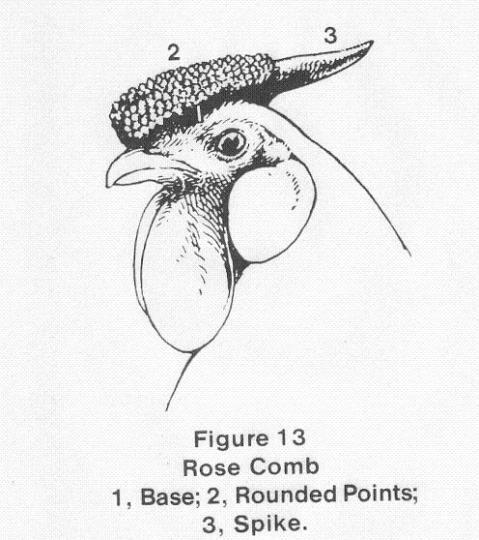Quote:
And to answer your last question, yes. The resulting offspring from out-crossing would be mutts for at least 7 years.
Part of an article written by Craig Russell on using one breed to better another:
For all practical purposes, eight cycles yield pure stock. Most large stock breeders with open registries grant Pure status after six generations. In cases where one variety is being graded to another or one strain of a variety or breed is being upgraded by addition of another strain, far fewer cycles are usually required before all of the offspring can be returned to the regular mating system.
And to answer your last question, yes. The resulting offspring from out-crossing would be mutts for at least 7 years.
Part of an article written by Craig Russell on using one breed to better another:
For all practical purposes, eight cycles yield pure stock. Most large stock breeders with open registries grant Pure status after six generations. In cases where one variety is being graded to another or one strain of a variety or breed is being upgraded by addition of another strain, far fewer cycles are usually required before all of the offspring can be returned to the regular mating system.
Last edited:





